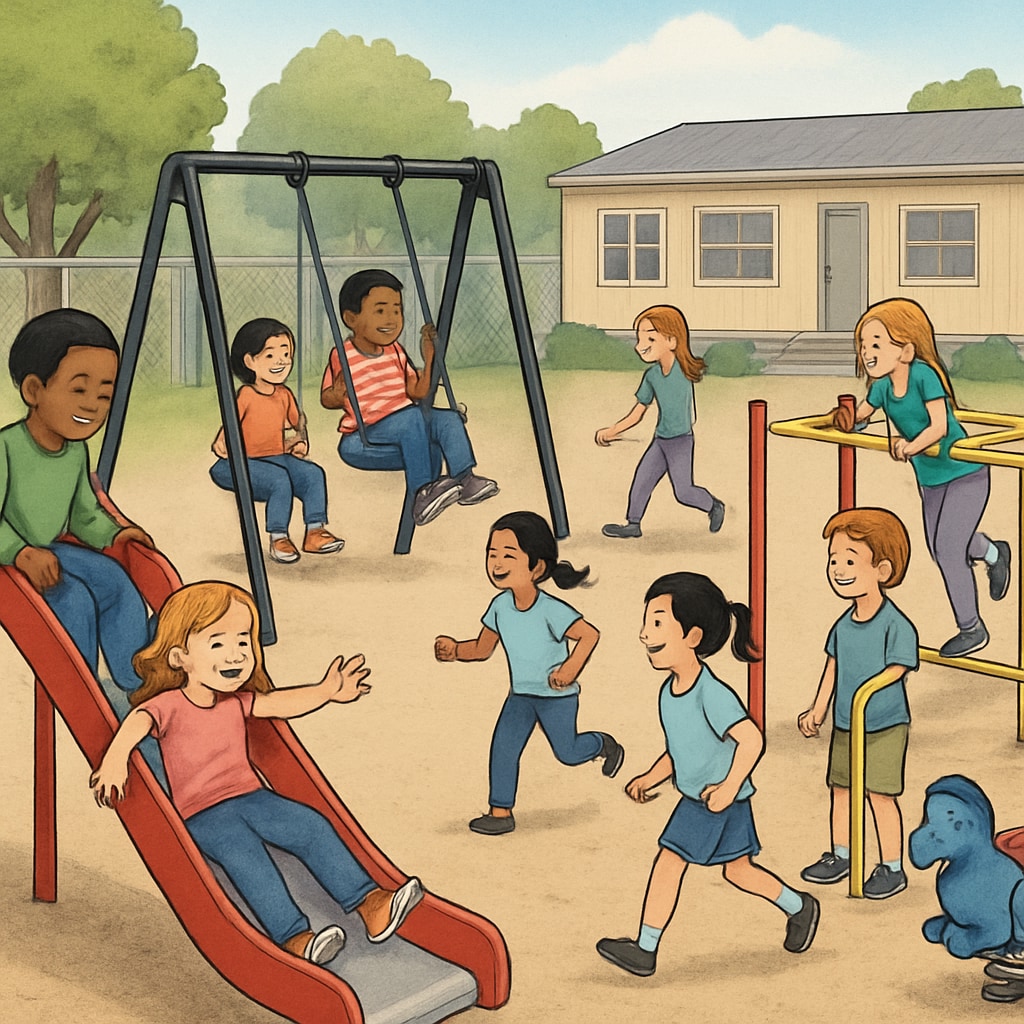Temporary school relocation often occurs during major renovations, introducing significant changes to students’ daily lives. From the loss of familiar play areas to restricted parental participation, this shift impacts their social interactions, emotional well-being, and academic progress. While such relocations are necessary to improve facilities, understanding their effects is crucial for maintaining educational quality during transitions.
How Temporary Relocation Alters Students’ Social Dynamics
One of the immediate consequences of school relocation is the disruption of students’ social routines. Established friendships may face challenges as children navigate unfamiliar environments. Reduced space in temporary campuses often means fewer playgrounds or sports facilities, limiting opportunities for group activities and bonding. Additionally, shared spaces—such as lunch areas—might be minimized, reducing informal interactions that are essential for social growth.
For example, a study on school transitions revealed that children thrive when they feel connected to their peers. Temporary campuses can disrupt these social connections, creating feelings of isolation or anxiety. Schools must proactively introduce activities to foster a sense of community despite spatial limitations.

Emotional and Academic Effects of Environmental Changes
The emotional impact of relocation is another key area of concern. Children may experience stress or discomfort from leaving their familiar surroundings. This emotional strain can affect their ability to focus in class, ultimately influencing their academic performance. Temporary campuses often lack the stimulating environment of permanent facilities, making it harder for students to stay engaged.
Moreover, the limited availability of resources—like library access or science equipment—can hinder the learning process. Teachers may struggle to adapt their lessons to the constraints of the temporary environment, further impacting educational outcomes. As a result, schools must adopt creative teaching methods and ensure adequate resources to support students during this period.

Reduced Parental Involvement: A Hidden Challenge
Parental involvement plays a crucial role in children’s academic and emotional development. However, temporary relocations often lead to logistical challenges that restrict parents’ participation. For instance, the new campus may be farther from home, making it harder for parents to attend school events or volunteer. Additionally, communication between educators and parents may suffer due to less stable administrative processes during the transition.
To address this, schools can implement digital communication tools, such as apps or online platforms, to keep parents informed and engaged. Virtual parent-teacher conferences and digital newsletters can help bridge the gap, ensuring that families remain involved in their children’s education despite physical barriers.
Strategies for Managing Transition Challenges
Although temporary relocation presents multiple challenges, schools can adopt strategies to mitigate its impact:
- **Enhancing temporary spaces**: Schools should prioritize creating child-friendly environments, even in limited spaces, by adding engaging play areas or creative classroom setups.
- **Promoting social activities**: Regular group events and team-building exercises can help students adjust socially and emotionally.
- **Encouraging parental participation**: Schools can host virtual events or provide transportation options to facilitate parental involvement.
- **Adapting teaching methods**: Teachers should use flexible approaches, such as project-based learning, to maintain student engagement in less stimulating environments.
By implementing these strategies, schools can ensure that children continue to grow academically, socially, and emotionally during the relocation period.
Readability guidance: This article uses short paragraphs and lists for easy comprehension. It minimizes passive voice and avoids overly complex sentences, ensuring accessibility for all readers. Transition words such as “however,” “for example,” and “as a result” are strategically placed to enhance flow.


